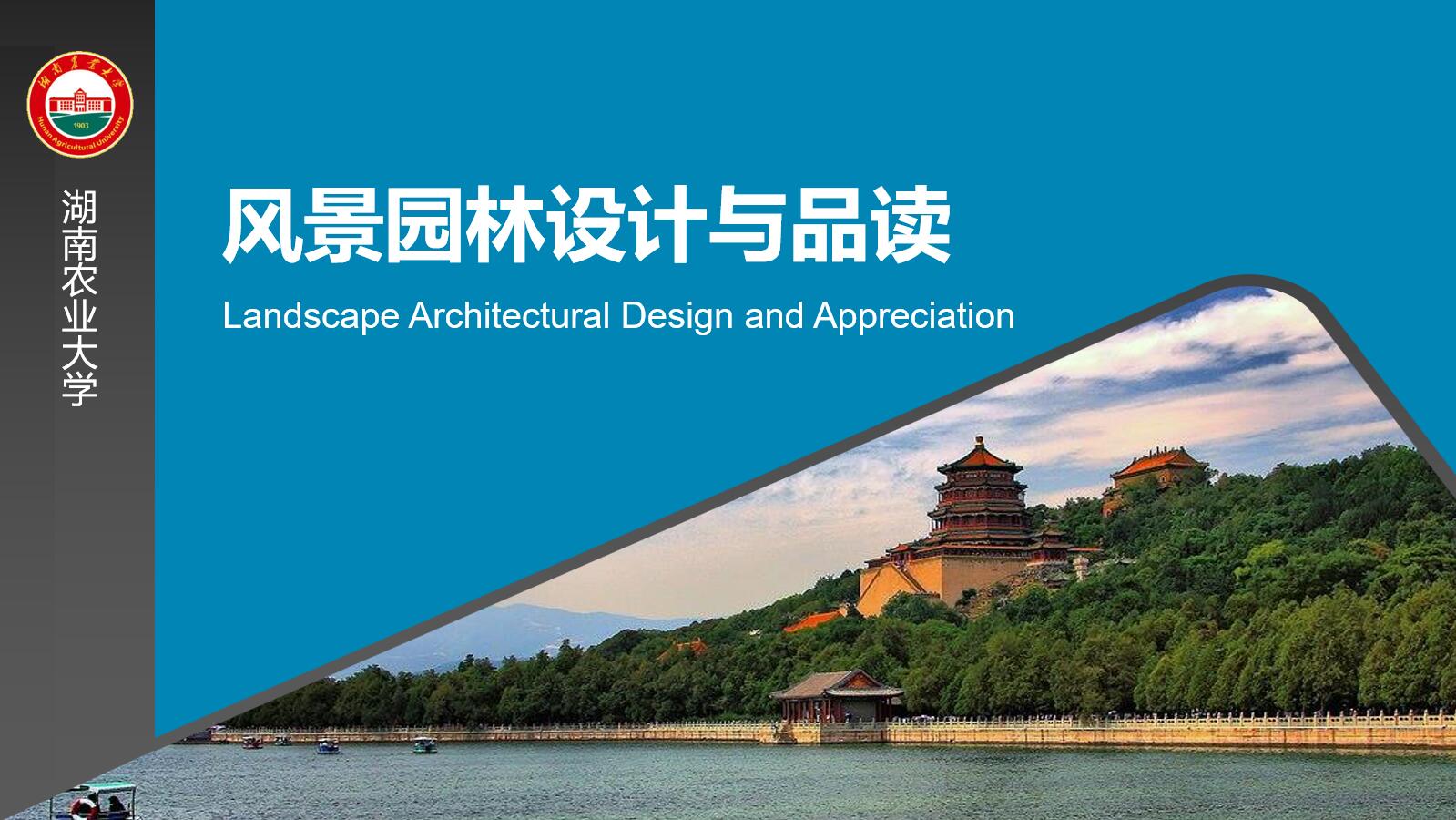
当前课程知识点:国际新闻比较与分析 > 第三章 Media Systems (媒介体系) > 3.2 Social Responsibility and Communist Theories of the Press(社会责任与共产主义理论) > 3.2 Social Responsibility and Communist Theories of the Press
大家好
很高兴再见到你们
在上一讲中
我们讨论了传媒的威权主义理论
和自由主义理论
在这堂课中
我们将继续讲接下来的两个
社会责任理论
和苏联共产主义理论
首先让我们看一下社会责任理论
根据作者的说法
它建立在对自由主义模式的批判基础上
旨在修改和纠正其缺陷
它是在三重背景上发展起来的
首先是对市场的怀疑态度
在第二次世界大战后的时代
越来越多关于媒体的批评
因为它们屈从于大企业
为媒体服务
特别是 逐步增强的媒体集中现象
被视为对民主的威胁
第二 对于个人主义理论的怀疑
许多人开始质疑
那些为个人利益而努力的人
会为共同利益而工作吗
人们相信与其找到真相
个人的主要目标是
满足他/她的即时需求和愿望
因此
自私的新闻发布者将不被信任
第三
新闻社区中专业主义水平不断提高
倾向于强调公共服务的功能
和追求媒体的公共利益
在这种背景下
社会责任理论
开始兴起
它于20世纪在盎格鲁撒克逊国家盛行
特别是在第二次世界大战后的时代
社会责任理论中一项关键性事件是
社会责任理论中一项关键性事件是
一个自由而负责任的新闻界的发布
于1947年由哈钦斯委员会创立
也就是
自由委员会的新闻界
由罗伯特·哈钦斯(Robert Hutchins)
即当时的芝加哥大学校长领导
该报告调查了
美国大众传播的发展
当时 包括报纸
广播 电影 杂志和书籍
它相当全面地
反映了问题
和自由主义模型的局限性
并提出推荐
一个自由而负责任的新闻模式
也就是说
新闻界需要自由
但它也需要负责
自由和负责任
它需要能够在这两个目标之间导航
该报告提供了知识层面
对社会责任理论思考的动力
哲学基础就是社会责任理论的形成的基础
哲学基础就是社会责任理论的形成的基础
在这个模型中
关于什么可以被发表
有赖于责任编辑
注意这里的重点是负责任
负责任的编辑 而不是自私的编辑
媒体的主要目的是追求
公众的启发
而不是经济利益
媒体必须将利润与服务结合起来
任何有重要事务要说的人都有言论自由
任何有重要事务要说的人都有言论自由
无论他们是否负担得起这种言论自由
因此这意味着少数民族应该
在媒体上发表意见
无论他们是否有能力使他们的声音被听到
媒体不受政府约束
或其他正式控制
媒体的主要控制机制
是社区的非正式判断
例如公众的共识
在此模型下
媒体被匹配了六个任务
为政治制度服务
通过提供有关公共事务的信息
进行有关公共事务的讨论和辩论
启发公众
以使其能够自治
维护个人权利
例如通过对政府的监督
为经济体系服务
但不要让此任务
优先于其他功能
例如促进民主进程
或启发公众
提供娱乐
要求娱乐活动
为良好娱乐活动
保持财政自给自足
这样就可以摆脱
特殊利益的压力
最后 让我们看一下第四种理论
苏联共产主义理论
从它的名字看
它与特定的意识形态紧密联系在一起
根据作者的说法
它在苏联和其他地方蓬勃发展
从1920年代到1980年代
在这种模式下
媒体组织并非私有
关于什么可以和不能发布的决定
有赖于党和国家
传媒的作用是为了
国家的教育目的
这是主要机制
通过这种机制 党-国领导群众
言论自由受到限制
因为新闻界只能在国家范围内自由表达真实
因为新闻界只能在国家范围内自由表达真实
国家对于媒体的控制
通过三种方式得到保证
人事控制
即 从政治上
而不是从专业可靠层面来进行任命
发布前的审查制度
党派或者国家定期发布的指令
涉及到在媒体上显示什么材料
以及如何处理这些材料
发布后的审查制度
审查和批评媒体
好的 总的来说 这些都是经典
《传媒的四种理论》
自该书出版以来
它有很长的保质期
现在已经超过六十年了
正如书评人所说
似乎这本可怕的小书永远不会死
它没有消失的迹象
尽管如此 我们需要牢记
毕竟四种理论是那个时代的产物
对于它的批评从来没有缺乏过
从几个不同的方向对此进行了批评
主要的包括
这是冷战的产物
带有强烈的民族中心偏见
它忽略了两者之间的相互影响
媒体及其政治环境
它显然支持自由主义理论
并有诽谤苏联共产主义理论的倾向
已经过时了
因为随着苏联解体
谈论苏联理论似乎无关紧要
比较的范围过大
它忽略了媒体系统之间的细微差异
特别是
最后两个批评需要强调
因为它们直接关系到
我们将在接下来的课程中讨论的内容
即当代世界中媒体系统的比较
即当代世界中媒体系统的比较
我们将在下一堂课中审视更多细节
各位再见
稍后见
-导论 Test
-1.1 Definition of News (新闻的定义)
--1.1 Test
-1.2 General News Values: Timeliness, Impact, Prominence, Proximity (新闻的及时性、影响力、显著性与接近性)
--1.2 General News Values: Timeliness, Impact, Prominence, Proximity
--1.2 General News Values: Timeliness, Impact, Prominence, Proximity
--1.2 Test
-1.3 General News Values: Conflict, Deviance, Currency, Necessity (新闻的冲突性、异常性、话题性与实用性性)
--1.3 General News Values: Conflict, Deviance, Currency, Necessity
--1.3 General News Values: Conflict, Deviance, Currency, Necessity
--1.3 Test
-1.4 Structure and Value of International News (国际新闻的结构与价值)
--1.4 Structure and Value of International News
--1.4 Structure and Value of International News
--1.4 Test
-2.1 Hierarchy of Influences on News (新闻的影响层级)
--2.1 Hierarchy of Influences on News
--2.1 Hierarchy of Influences on News
--2.1 Test
-2.2 Gatekeeping and Personal Influences (新闻把关人与记者个人影响)
--2.2 Gatekeeping and Personal Influences
--2.2 Gatekeeping and Personal Influences
--2.2 Test
-2.3 Media Routines and Organizational Influences (新闻常规与组织影响)
--2.3 Media Routines and Organizational Influences
--2.3 Media Routines and Organizational Influences
--2.3 Test
-2.4 Extra-Media Forces and Ideology (意识形态与组织外影响)
--2.4 Extra-Media Forces and Ideology
--2.4 Extra-Media Forces and Ideology
--2.4 Test
-3.1 Authoritarian and Libertarian Theories of the Press (媒体的威权主义与自由主义理论)
--3.1 Authoritarian and Libertarian Theories of the Press
--3.1 Authoritarian and Libertarian Theories of the Press
--3.1 Test
-3.2 Social Responsibility and Communist Theories of the Press(社会责任与共产主义理论)
--3.2 Social Responsibility and Communist Theories of the Press
--3.2 Social Responsibility and Communist Theories of the Press
--3.2 Test
-3.3 Comparing Media Systems in the West: Three Models (比较媒介体系的三种模式)
--3.3 Comparing Media Systems in the West: Three Models
--3.3 Comparing Media Systems in the West: Three Models
--3.3 Test
-3.4 Comparing Media Systems in the West: Four Dimensions(比较媒介体系的四个维度)
--3.4 Comparing Media Systems in the West: Four Dimensions
--3.4 Comparing Media Systems in the West: Four Dimensions
--3.4 Test
-4.1 State-Owned Media (国有媒体所有制)
--4.1 Test
-4.2. Public-Owned Media (公共媒体所有制)
--4.2 Test
-4.3. Private-Owned Media (私人媒体所有制)
--4.3 Test
-4.4. Concentration of Media Ownership (媒体所有权集中化)
--4.4 Concentration of Media Ownership
--4.4 Concentration of Media Ownership
--4.4 Test
-5.1 Evolution of Foreign Correspondence(驻外报道的历史与起源)
--5.1 Evolution of Foreign Correspondence
--5.1 Evolution of Foreign Correspondence
--5.1 Test
-5.2 The Role of Global News Agencies (全球通讯社与驻外报道)
--5.2 The Role of Global News Agencies
--5.2 The Role of Global News Agencies
--5.2 Test
-5.3 Foreign Correspondence Beyond News Agencies (通讯社之外的驻外报道)
--5.3 Foreign Correspondence Beyond News Agencies
--5.3 Foreign Correspondence Beyond News Agencies
--5.3 Test
-5.4 Foreign Correspondence in the New Millennium(新世纪的驻外报道)
--5.4 Foreign Correspondence in the New Millennium
--5.4 Foreign Correspondence in the New Millennium
--5.4 Test
-6.1 Foreign Correspondents in China(外媒驻华报道)
--6.1 Foreign Correspondents in China
--6.1 Foreign Correspondents in China
--6.1 Test
-6.2 International Journalism in Chinese Media (中国媒体国际报道)
--6.2 International Journalism in Chinese Media
--6.2 International Journalism in Chinese Media
--6.2 Test
-6.3 Chinese Correspondents in Foreign Bureaus (中国媒体驻外记者)
--6.3 Chinese Correspondents in Foreign Bureaus
--6.3 Chinese Correspondents in Foreign Bureaus
--6.3 Test
-7.1 Definition of Geography of News (新闻地理的定义)
--7.1 Definition of Geography of News
--7.1 Definition of Geography of News
--7.1 Test
-7.2 Geography of Foreign News on Global TV(全球电视国际报道的新闻地理)
--7.2 Geography of Foreign News on Global TV
--7.2 Geography of Foreign News on Global TV
--7.2 Test
-7.3 Who Is Interested in China (外国公众对中国新闻的兴趣)
--7.3 Who Is Interested in China
--7.3 Who Is Interested in China
--7.3 Test
-8.1 Determinants of Global News Flow(全球新闻流的决定因素)
--8.1 Determinants of Global News Flow
--8.1 Determinants of Global News Flow
--8.1 Test
-8.2 World System Theory and Global News Flow(世界系统理论与国际新闻流)
--8.2 World System Theory and Global News Flow
--8.2 World System Theory and Global News Flow
--8.2 Test
-8.3 Towards a New World Information and Communication Order(通往新信息传播秩序之路)
--8.3 Towards a New World Information and Communication Order
--8.3 Towards a New World Information and Communication Order
--8.3 Test
